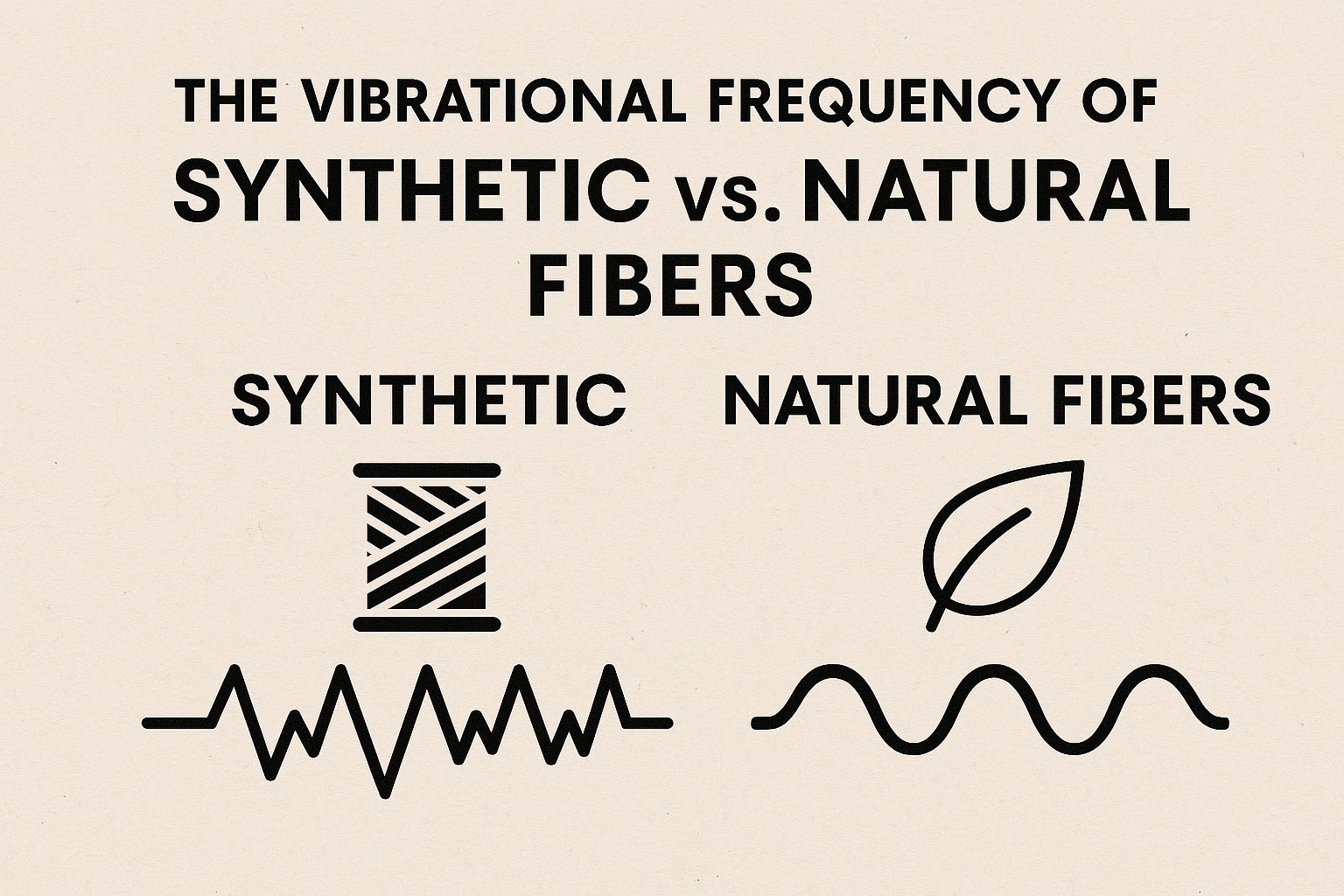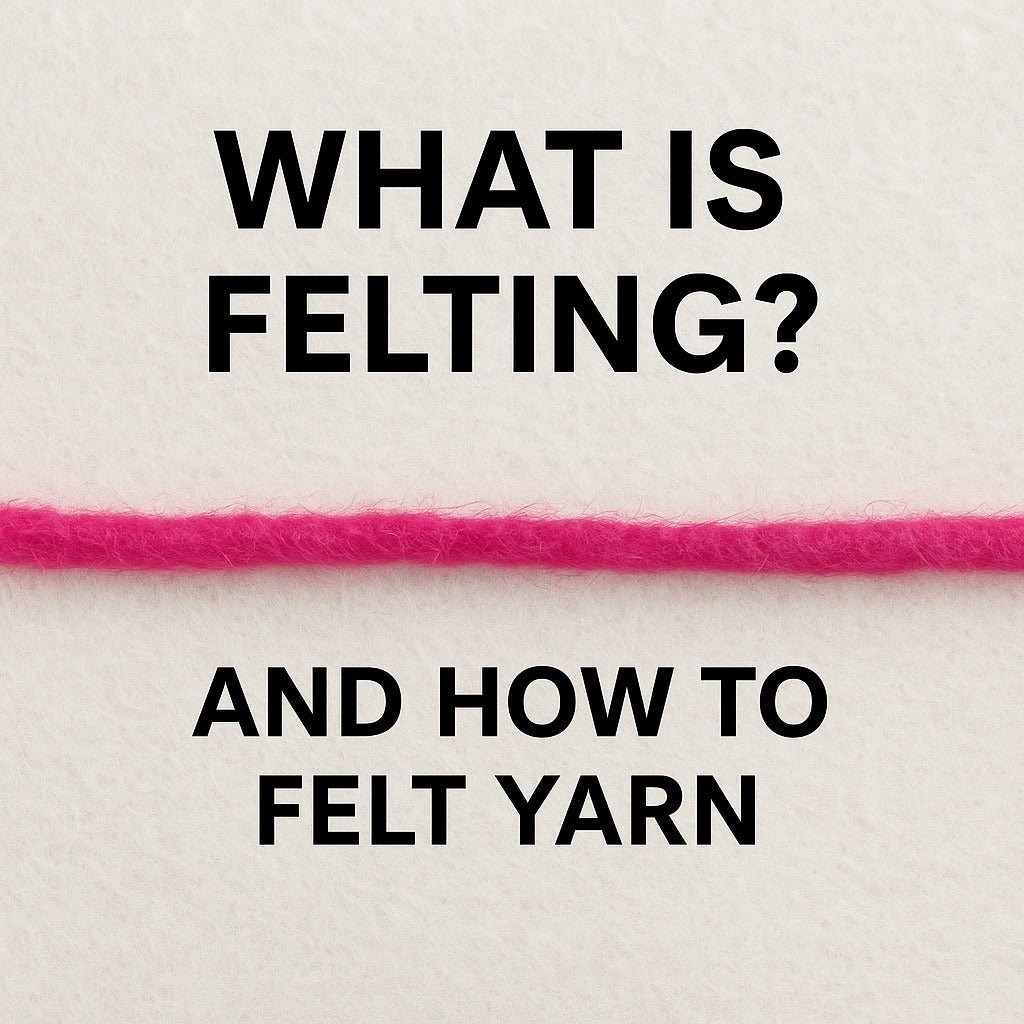Knitting is a versatile and rewarding craft that offers endless possibilities for creativity. Whether you're a beginner or an experienced knitter, learning new techniques can expand your skills and inspire new projects. In this blog post, we'll explore some of the most popular knitting techniques, from basic stitches to advanced methods, and how they can be used to create stunning pieces.
1. Basic Knitting Stitches
Knit Stitch (Garter Stitch)
The knit stitch is the foundation of all knitting. When you knit every row, you create garter stitch, which produces a stretchy and textured fabric. This stitch is ideal for beginners and is commonly used for scarves, dishcloths, and blankets.
Purl Stitch
The purl stitch is essentially the reverse of the knit stitch. By alternating rows of knit and purl stitches, you can create stockinette stitch, which is smooth on one side and bumpy on the other. This stitch is commonly used for garments and accessories.
2. Ribbing
Ribbing involves alternating knit and purl stitches within the same row to create a stretchy, textured fabric. Common types of ribbing include 1x1 ribbing (knit one, purl one) and 2x2 ribbing (knit two, purl two). Ribbing is often used for cuffs, collars, and edges of garments to provide elasticity and a snug fit.
3. Cables
Cabling creates a twisted, rope-like pattern by crossing groups of stitches over one another. This technique adds texture and dimension to your knitting and is often used for sweaters, hats, and scarves. While cabling may seem complex, it becomes manageable with the help of a cable needle and practice.
4. Lace Knitting
Lace knitting involves creating patterns of holes and open spaces in your fabric by using yarn overs and decreases. This technique produces delicate and intricate designs that are perfect for shawls, scarves, and lightweight garments. Lace knitting requires careful attention to stitch counts and patterns, making it a rewarding challenge for experienced knitters.
5. Colorwork
Fair Isle
Fair Isle knitting involves working with two or more colors in a single row to create intricate patterns. Named after the Fair Isle in Scotland, this technique is often used for sweaters, hats, and mittens. The key to successful Fair Isle knitting is maintaining even tension and weaving in the unused yarn strands on the wrong side of the fabric.
Intarsia
Intarsia knitting allows you to incorporate blocks of color without carrying the yarn across the back of the work. Each section of color is worked with a separate yarn bobbin, creating distinct color blocks. This technique is commonly used for pictorial designs and large motifs on sweaters and blankets.
6. Brioche Knitting
Brioche knitting produces a thick, stretchy, and reversible fabric with a distinctive ribbed texture. This technique involves knitting stitches together with yarn overs, creating a unique and plush texture. Brioche knitting can be done with one or two colors and is perfect for scarves, hats, and cozy garments.
7. Knitting in the Round
Knitting in the round involves using circular or double-pointed needles to create seamless, tubular pieces. This technique is ideal for hats, socks, and sweaters, as it eliminates the need for seaming. Knitting in the round can be done using various methods, including the magic loop and two-circular needle techniques.
8. Short Rows
Short rows are a technique used to add shaping to your knitting by working only part of a row before turning your work. This creates curves and angles in your fabric, making it ideal for shaping shoulders, busts, and heels in socks. Short rows can be worked using different methods, such as wrap and turn (W&T) or German short rows.
9. Entrelac Knitting
Entrelac knitting creates a textured, woven appearance by working small blocks of stitches in different directions. This technique produces a fabric with a unique, basket-weave look and is often used for blankets, scarves, and bags. Entrelac knitting can be done in one or multiple colors to add visual interest to your projects.
10. Double Knitting
Double knitting produces a reversible fabric with two layers of fabric worked simultaneously. This technique allows you to create intricate patterns with the same design on both sides but in opposite colors. Double knitting is perfect for scarves, blankets, and accessories where you want both sides to look finished.
Conclusion
Exploring different knitting techniques can open up a world of creative possibilities and enhance your crafting skills. From basic stitches to advanced methods, each technique offers unique textures, patterns, and functionalities that can elevate your projects. Whether you're looking to master the fundamentals or challenge yourself with complex designs, there's always something new to learn and discover in the world of knitting. Happy knitting!



